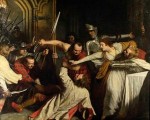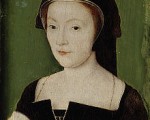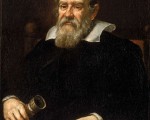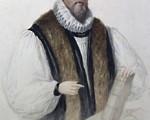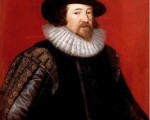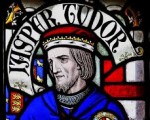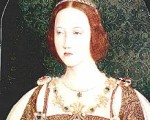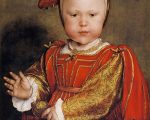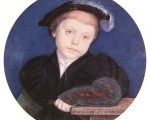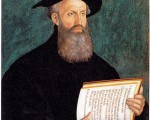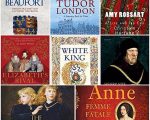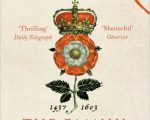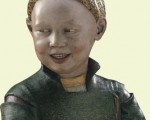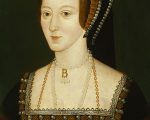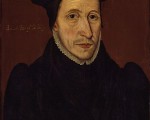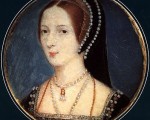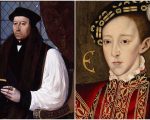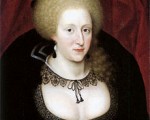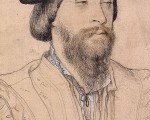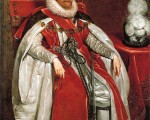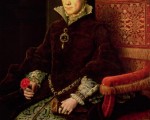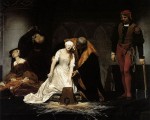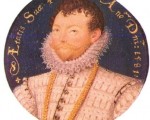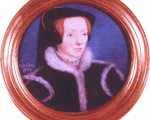
19th March:
1563 – Deaths of Arthur Brooke, translator and poet, and Sir Thomas Finch, knight-marshal, in the shipwreck of the Greyhound, off the coast of Rye in East Sussex.
1563 – Peace (Edict) of Amboise signed at the Château of Amboise by Catherine de’ Medici, as regent for her son, Charles IX. Catherine initiated this truce after the assassination of Francis, Duke of Guise, at the Siege of Orléans. The Edict ended the first phase of the French Wars of Religion and guaranteed the Huguenots religious privileges and freedoms. Peace did not last long, however.
1568 – Death of Elizabeth Seymour, Lady Cromwell. Click here to read more.
1577 – Death of Edmund Harman, former barber of Henry VIII, at Burford in Oxfordshire. He had retired there after Henry VIII’s death. Harman was buried at Taynton Church.
1590 – Baptism of William Bradford, separatist and founder of the Plymouth Colony, Massachusetts, at Austerfield in Yorkshire. Bradford was Governor of the colony for over thirty years.

